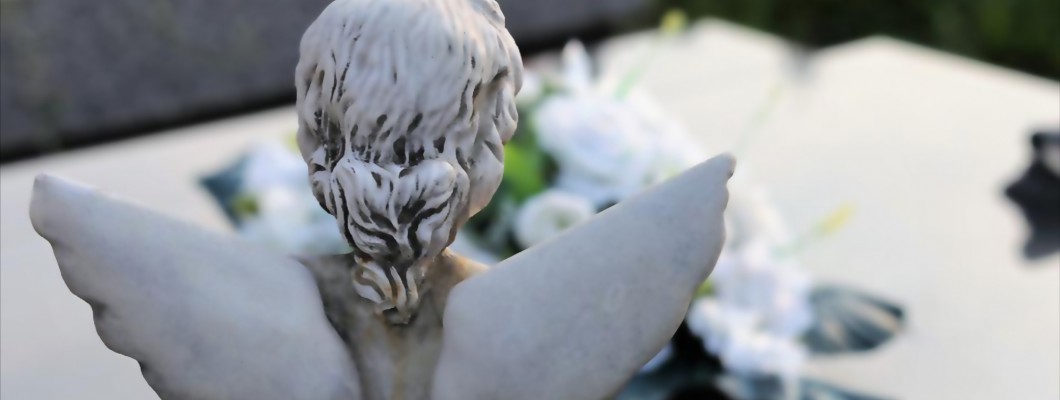
Angels as such, symbolically represent the connection
between heaven and earth, as well as power, peace, faith, protection and
beauty. They can help families or individuals feel reassured after a loss,
knowing that their loved ones are forever protected.
In every form of funeral art, angels express many of the
strong emotions we feel when we lose a loved one. An angel can express sadness,
hope and an empathy. Even the positions of these heavenly beings are meant to
give comfort and meaning to death. In addition to the angel's posture and
expression, the objects the angel wears and holds are also a symbol of life,
death and immortality. They are one of the most popular symbols preserved in
funeral art. They represent the spiritual intermediaries between humanity and
the divine.
Did you know?
- that angels with open wings are supposed to represent the
flight of the deceased to heaven. It is a reminder to mourners that the story
for their dead loved one is not over;
- that the angel holding the trumpet symbolizes the call to
resurrection. The Book of Revelation in the Bible speaks of seven trumpets that
will sound in response to the events leading up to Jesus’ resurrection in which
those who died will be resurrected;
- that the statue of an angel in flight represents the
afterlife and the deceased's journey to heaven. As if an angel were saying,
"Your loved one is not in this grave, it is up there.";
- that an angel with flowers in his hands symbolizes purity
and innocence;
- that the crossed arms on the statue of an angel represent
respect. The statue of an angel in this position shows respect for God and
sorrow for the mourners;
- that the statue of the weeping angel symbolizes deep grief
over the unexpected death. If the angel is leaning over or on the tombstone
itself, it is a depiction of the angel guarding the tomb.
The inclusion of an angel figure in a monument can have a
unique, personal meaning for each person and bring peace to the families and
friends of a lost loved one.

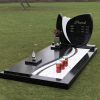
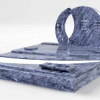


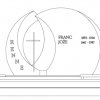

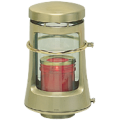
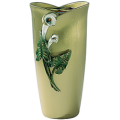
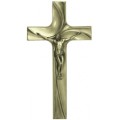

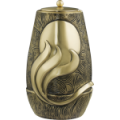
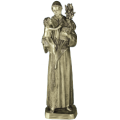


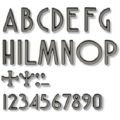
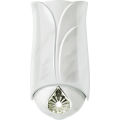
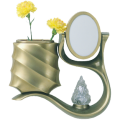
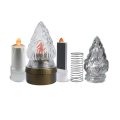


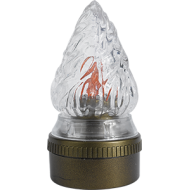


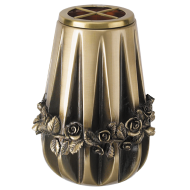
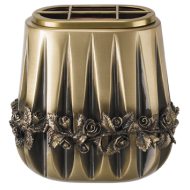



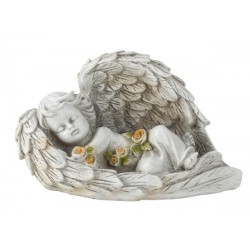
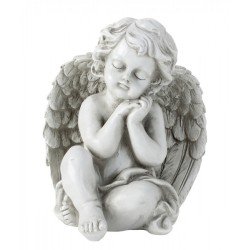
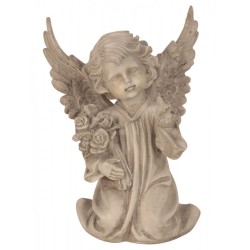
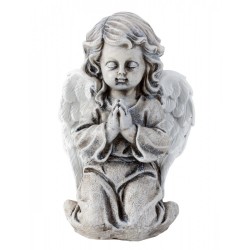
Leave a Comment